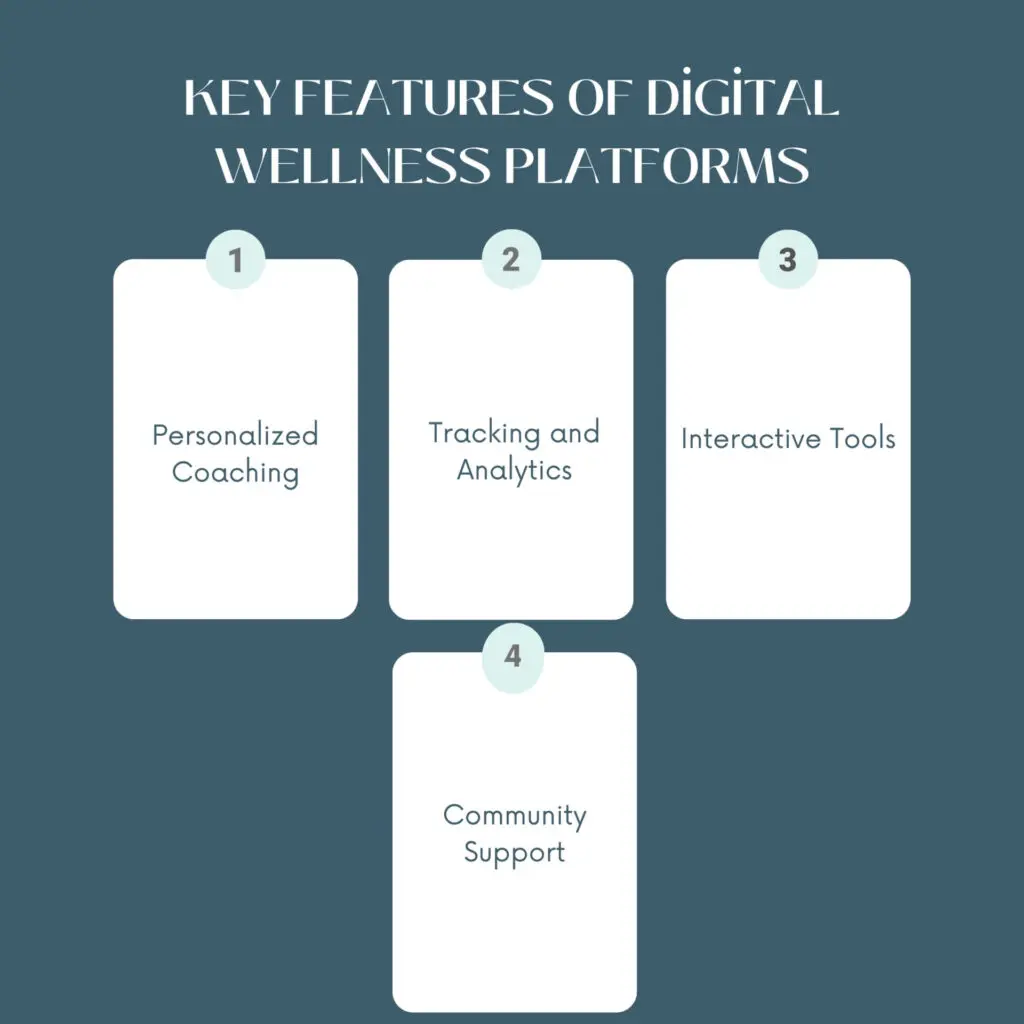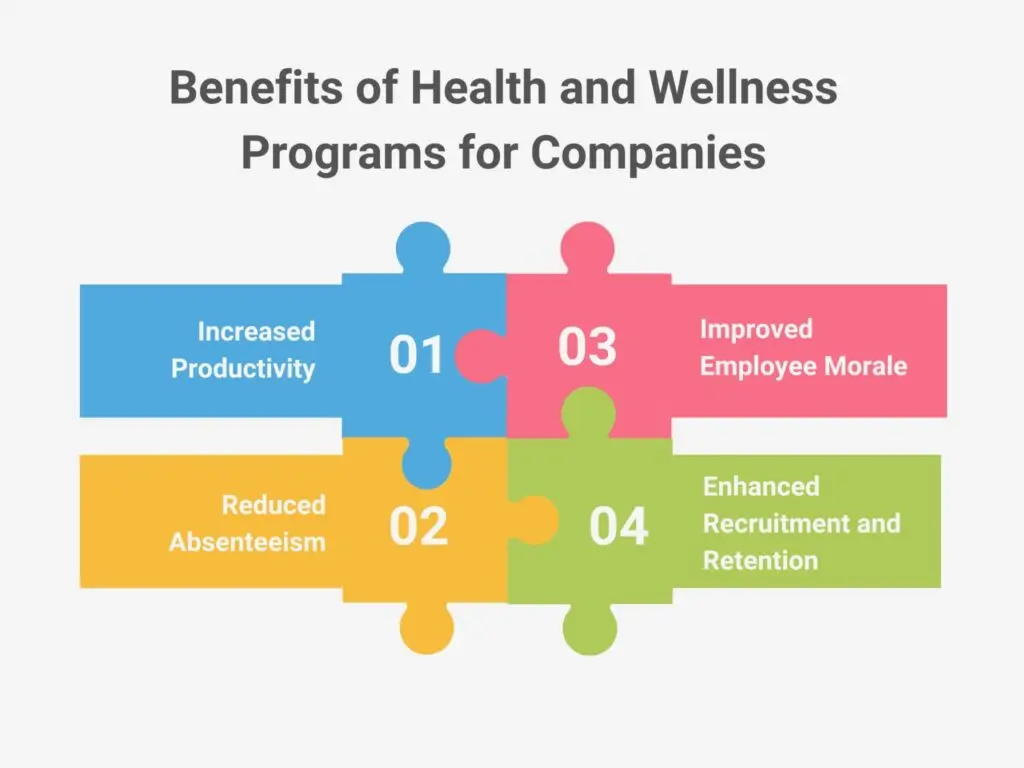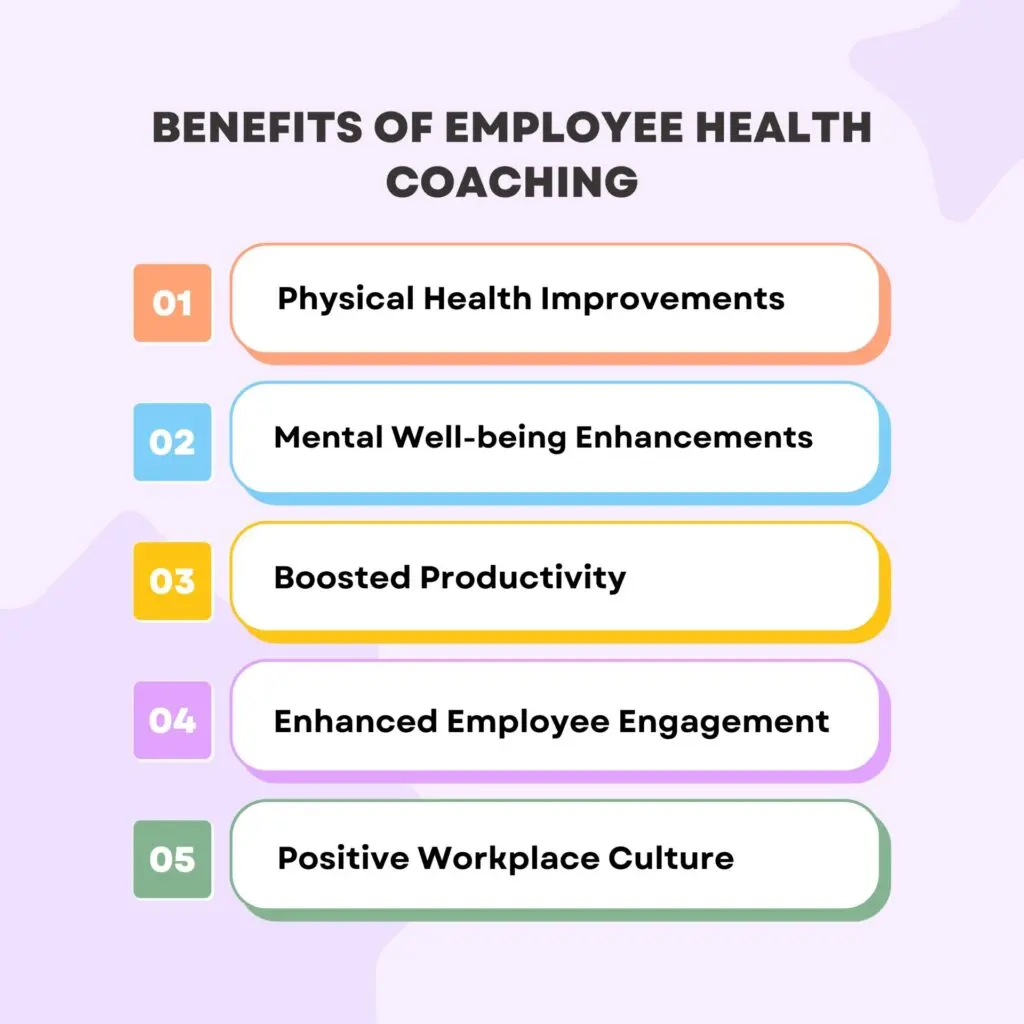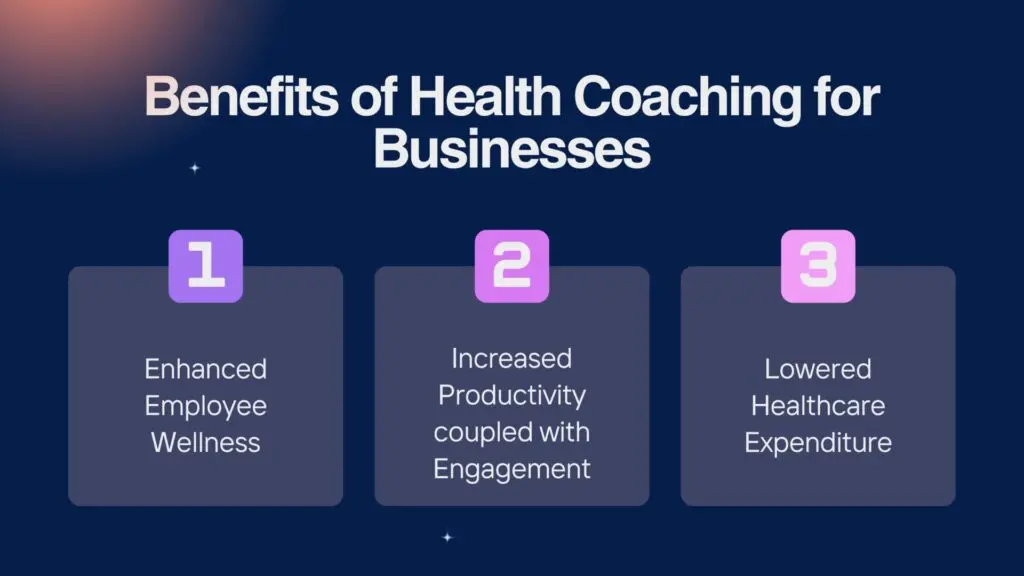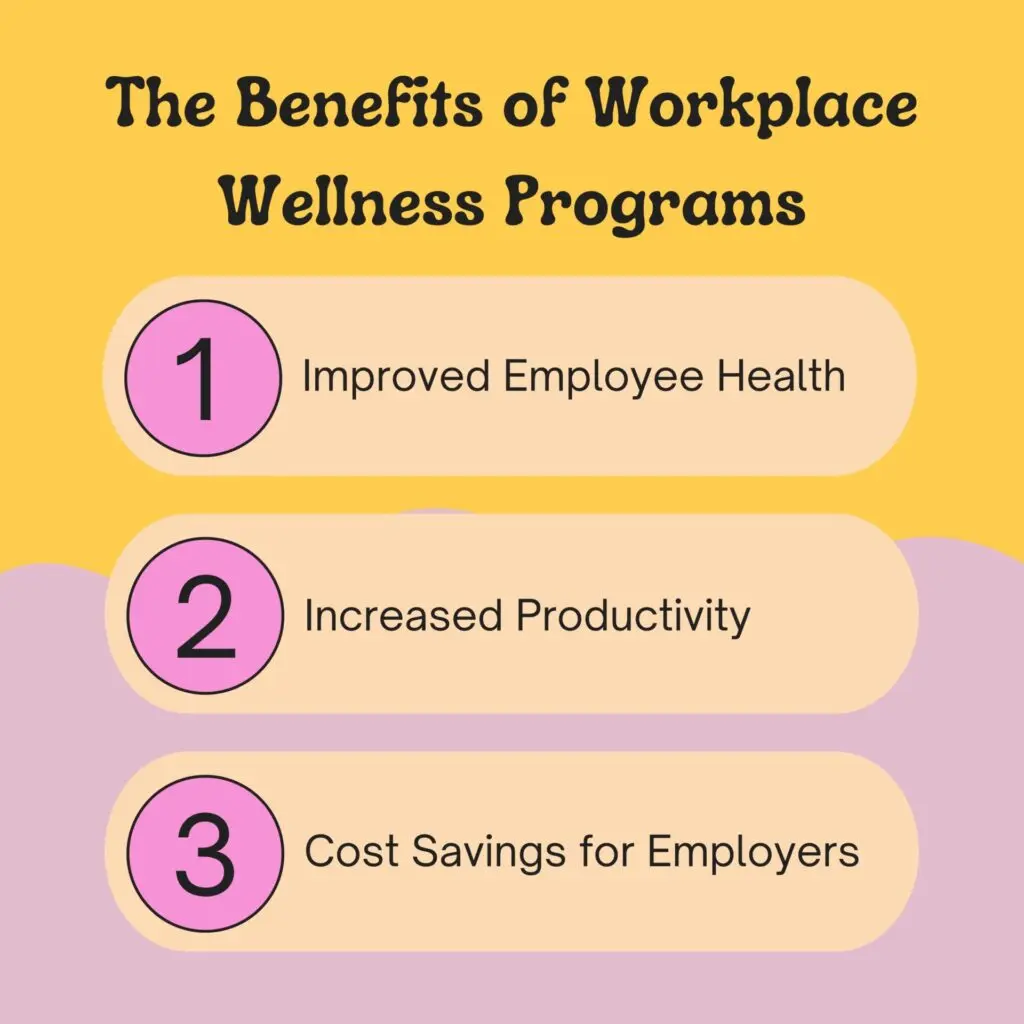Discover comprehensive corporate wellness solutions to boost productivity, improve employee health, and reduce costs. Explore tailored programs and success stories. Start enhancing your workplace wellness today!
Introduction
In this day and age, the corporate wellness program is a must-have for any workplace environment. Ultimately, these programs aim to improve employees’ wellbeing, with the very important goal of positively influencing their work performance and creating a more pleasant environment in which they operate. But what exactly is corporate wellness, and why has it become so important to businesses?
Corporate Wellness: Programs & Initiatives created to support the employees’ healthy behaviors needed for Workers. Ideally, these initiatives support employees’ physical health (e.g., gym memberships with ergonomic equipment) and mental wellbeing (stress management workshops or unlimited psychotherapy services). The objective is cultivating workplace places that assist employees’ holistic health and proper wellbeing.
Benefits of Corporate Wellness Programs

Investing in corporate wellness programs offers numerous benefits that extend beyond just the health of employees. Such initiatives also trigger improved productivity and lower healthcare costs, leading to an engaged, satisfied workforce.
Improved Employee Health
A key advantage of corporate wellness programs is that they help increase employees’ health. Regular physical activity, nutritious food choices, and mental health assistance can reduce the rates of chronic diseases like heart disease, diabetes, or hypertension. Healthy employees do not miss work as often due to illness, which means a more stable and dependable staff.
Increased Productivity
Focused and energized employees tend to be more productive. Employees who feel their best will also be able to perform at their best. It can create organizational efficiency, constant high-quality employee work, and better job performance.
Reduced Healthcare Costs
Corporate wellness might help more proactive health strategies reduce both costs. Healthier employees mean fewer drug and medical treatments, which means lesser healthcare costs for the employees and companies.
Types of Corporate Wellness Solutions
Corporate wellness programs often take on numerous activities and actions intending to help employees in different areas of health.

Physical Wellness Programs
One of the most prevalent corporate wellness programs focuses on physical health. These programs range from on-site fitness centers and gym memberships to fitness challenges, health education opportunities, and regular screenings. Promoting your workers to be physically and actively progressive ensures that they do not experience weight gain issues, fight chronic diseases, and enjoy optimum health from a physical point of view.
Mental Health Initiatives
It is like your overall wellbeing and mental health are tied together. The type of mental health inclusion we see in corporate wellness programs includes counseling services, stress management workshops, and mindfulness training. By providing employees with tools to help deal with the stresses of life, including mental health issues, you can create a happier and more conducive working environment.
Nutritional Programs
Proper nutrition is key to a sound body. Provide healthy snacks in the office or hold cooking classes, offer one-on-one advice on your diet, and seminars for nutrition programs. Promoting good nutrition can support staff in sustaining their energy levels, focusing more effectively, and lessening the chances of getting chronic diseases.
Financial Wellness Programs
The financial stress of an employee will not only cause them mental health problems but also physical issues. Financial wellness programs often feature workshops on budgeting, saving for retirement, and managing debt. Offering financial tools and educational resources can also ease employees’ burden regarding managing their finances better.
Implementing a Corporate Wellness Program
The steps to creating an outstanding corporate wellness program This is an excellent way to assess and plan the program from the need assessment phase of your employees until design & development, launching.
Assessing Employee Needs
Determine Employees’ Needs: The first step in implementing a corporate wellness program is understanding employees’ needs. Community surveys, focus groups, and health assessments determine the most critical or pressing health problems identified in a community. This makes it easier for you to customize your wellness program according to the specific needs of your workforce.
Setting Goals and Objectives
Now that you know what your employees want, tailor an activity to their interests to set proper S.M.A.R.T. goals for the program. These goals might include decreasing stress, increasing activity levels, or improving health measures. This will help direct your program in the design and implementation stage.
Designing the Program
A well-designed wellness program aims to choose the right assortment of activities and initiatives that will resonate with your employees and achieve what you set out to do. Have options to cater to all different levels, interests, and fitness—for example, fitness challenges, stress management workshops, and healthy eating initiatives.
Implementing and Marketing the Program
Launching it successfully is important for the success of your wellness program. Let the employees know what is in for them, tell them how to be part of this campaign, and spread it across through email campaigns or posters whenever there are enough minutes- over team meetings. Building anticipation and buzz around the launch should encourage people to get on board from day one.
Measuring the Success of Wellness Programs
Wellness programs should be easily measurable to assess their success and understand their effectiveness at reaching company goals or driving value among employees.
KPIs (Key Performance Indicators)
Set KPIs to track your wellness program’s success. It might be in participation rates, employee satisfaction or health outcomes, and cost savings. Measure these stats regularly to check progress and use this data for your decisions.
Employee Feedback and Surveys
Collect feedback from employees to measure your wellness program. Run frequent feedback surveys to learn what is and isn’t working or could be better. Use this feedback to make the appropriate adjustments and improve.
About Health Metrics And Data Analysis
Measure the success of your wellness program by analyzing health data. Review metrics like absenteeism reduction, healthcare savings consternation, and specific health indicator improvements. This information guides the program and its delivery so that an authenticated action plan can be constructed.
Challenges in Corporate Wellness
A well-executed corporate wellness program comes with a different set of challenges. No, but yes, as these are the challenges to be faced and won over in the long term, they will lead the program to success.
Employee Engagement
One of the hardest parts about wellness programs is getting your employees to engage with them. The problem is that the programs have to be designed to make them enticing and easy for people to take advantage of, commonly called uptake. Offer a mix of activities, give incentives, and establish social support.
Budget Constraints
When budgets are tight, what you can afford is the extent of your wellness programs. Nonetheless, some of the most beneficial initiatives, such as walking clubs or stress management workshops, are free. Focus on high-impact activities and seek low-cost solutions.
Maintaining Consistency
Wellness programs only work because people are getting back into a routine. The key to success is establishing regular activities and long-term support programs. Make sure your program is sustainable and can run for the long term.
Best Practices for Effective Corporate Wellness

Following best practices is important to succeeding in your corporate wellness program. Create a personalized, easy-to-participate-in, and continually enhanced program.
Customized Programs Based on Employee Needs
Tailoring wellness programs to cater to your employee’s needs and interests will help boost participation and overall effectiveness. Regular assessments and surveys give you a sense of what your employees want or need.
Encouraging Participation
Develop practices and values that help something better to become the norm. Show that other activities are also available, create interest through incentives, and build anticipation for participating. Allow your employees to participate and engage easily.
Providing Incentives
Benefits such as gift cards, supplementary time off, or healthcare discounts can also help increase employee participation and engagement. Identify and acknowledge participation and reward those who complete their wellness objectives.
Continuous Improvement
Assess and revamp your wellness program to keep it fresh, current, and beneficial. Remain open to feedback and adjustments. Keep hunting for places to advance/expand your offering.
Case Studies of Successful Wellness Programs
Analyzing successful wellness programs is extremely beneficial as they can provide you with learnings and ardor for starting the same at your end.
Company A: Changing Work Culture
In Company A, participants received a full product philosophy, including wellness challenges like mental health counseling and better eats. Accordingly, considerable growth in employee morale was observed, and reducing healthcare costs was impacted. The program changed the company’s culture to one woven into health and wellbeing.
Boosting Morale & Productivity for Company B
Example 2: Company B specializes in stress management and mental health support. They offer a program with mindfulness workshops, confiding coaching, and organization about various work stances. It resulted in a happier, more productive workforce. This resulted in employees experiencing lower stress, better mental health, and increased job satisfaction.
What is the Future of Corporate Wellness?
Corporate wellness is an ever-changing field. More current trends and staying ahead of the curve will help your program remain fresh and functioning properly.
Technology Integration
As far as the coming trends in corporate wellness, technology will play a much larger role, whether that means more wearable fitness trackers feeding into companies’ broader point-based incentive programs or simply doing yoga lessons via Skype. This helps employees follow their progress, set goals, and be motivated.
Personalized Wellness Plans
Hyper-personalization will Matter. More Efficient wearable fitness devices and personalized wellness plans corresponding to specific demands will boost participation and positive outcomes. They are using technology (matchmaking algorithms) to customize and personalize wellness experiences for companies.
Holistic Approaches
Wellness will become standard practice, focusing on physical, mental, and emotional wellbeing. This whole approach will help improve an individual and, thus, employees’ Satisfaction. Consequently, businesses will start centering on cultivating an office that motivates and supports general health.
FAQs
What are the Components of a Successful Corporate Wellness Program?
Physical wellness, Mental Health, Nutritional Financial.
What can employers do to help participation in wellness programs?
Incentives, support, and programs designed with the employees in mind can encourage participation.
What Are Some Low-Cost Wellness Initiatives Companies Can Have?
Some low-cost ideas include walking clubs, stress management workshops including how to do a quick facial while in the office!), on-site healthy snack options, and mindfulness training sessions.
How will companies assess the effectiveness of their wellness programs?
By monitoring KPIs and establishing transparency in the workforce, health metrics and data are great ways to diagnose issues before they start impacting an organization’s bottom line!
How Corporate Wellness Will Be In 2020 and Beyond
Future trends include integrated technology, customized wellness plans, and a holistic approach to employee wellbeing.
Conclusion
Corporate wellness solutions are imperative to building a healthier, more efficient, and happy work environment. Whether an employee requires simpler steps or more, meeting them where they are and delivering health program offerings that serve their needs will ultimately help to improve outcomes for both the worker and your organization. After all, a healthy workforce is an efficient and happy one.









